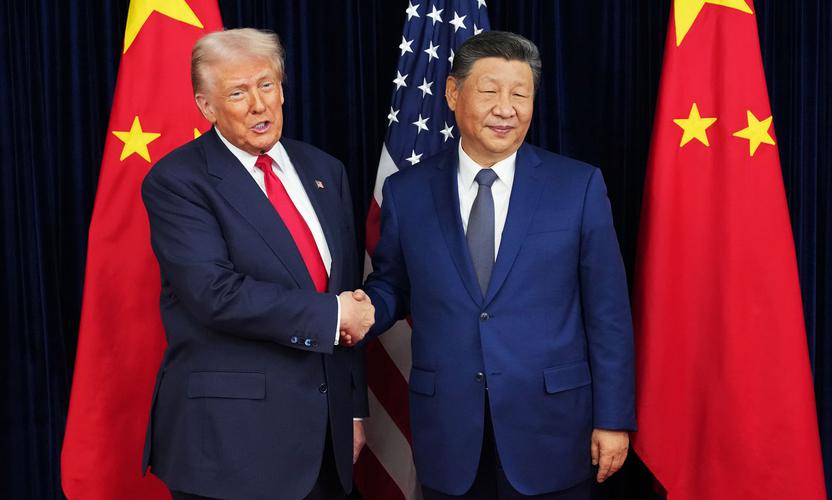For all those investors cursing their burnt fingers, it is worth remembering what was at stake this weekend: the deal announced on Sunday in Switzerland averts an outright collapse of one of the world’s 30 systemically important banks and is another milepost in a crisis that may have further to run.
Central banks have again taken coordinated action to provide dollar liquidity to the financial institutions through daily swap lines. And unlike the cleanup measures announced on 12th March after the failure of Silicon Valley Bank (SVB) and two other smaller lenders in the US, the Swiss authorities have brokered a more-or-less commercial solution to their problems.
What happens next? One big focus for Fidelity International analysts on Monday morning was the future of the market in Additional Tier 1 bonds (or AT1s) after the Swiss authorities’ big strategic decision to prioritise Credit Suisse shareholders over the holders of all $17 billion worth of the bank’s AT1 bonds.
AT1s are a junior class of less-secured bank debt that also includes contingent convertible bonds (or CoCos). They became popular in the wake of the 2008 financial crisis as a way of ensuring that investors (and not taxpayers) shoulder more of the burden if a bank runs into serious trouble and in that sense, they have served their purpose here. While they can in some cases be converted to equity, AT1s are bonds and are conventionally regarded as being senior in a company’s capital structure to equity. The Swiss decision undermines that idea and it is important to stress that Eurozone regulators have said they will not follow suit.
Fallout
The result at any rate was an initial repricing of AT1s overall. Initial indications on the morning after the deal were drops in prices of 15-20 points. That had already reversed by the end of the day and compares to a discount of 20-30 points in the first big drawdown during Covid in 2021, which did not fundamentally alter how AT1s were viewed and traded.
The market in new issuance, however, has effectively been closed for the immediate future by this deal and, once it reopens, will be repriced to reflect the changed reality. Bank funding costs are up across the board and it will cost them more to issue debt in future. That will have an impact on their finances and, in turn, on lending in the real economy. In the near-term, AT1 calls will also come into question and we will observe a widening of spreads between issuers based on their perceived risk profiles.
At around $225 billion, the market in AT1s is not, in broader terms, huge, but it will be worth watching for losses for particular investors and classes of investors. Retail investors are substantial holders of the bonds, as are a number of hedge funds and potentially some larger asset managers with greater exposure to debt markets.
Interest rate gains
The AT1 wipe-out may not be the worst part of this crisis but, across the financial system, for now we are still not seeing a rise in counterparty risk, and contagion seems to be limited to the parties involved.
The problems at Credit Suisse were long known and stood in stark contrast to the comparatively stronger positions across Europe’s banking sector, which is generally characterized by high capital levels, strong liquidity coverage ratios, and the best profitability in over a decade on the back of rising interest rates. Crucially, central banks are showing evidence that they are ready to step in to support liquidity provision and European bank deposit profiles are by and large far safer than those of the US regional banks that have come into focus.
Other questions will remain in the coming weeks as the deal with UBS moves towards formal completion, including over the future of investment banking operations or cost cutting exercises at the combined entity, which will have $1.5 trillion in assets and be one of Europe’s biggest banks. UBS said the combination of the two businesses is expected to generate annual cost reductions of more than $8 billion by 2027, when it expects the deal to start making a net positive contribution to its bottom-line. In the very short term, however, it will have to ride out concerns over the quality and value of the assets it has taken on.
The AT1 decision could also lead to more volatility in related bond prices, especially in cases of banks (even globally systemically important banks) that see a continuous decline in their share price. But it is worth imagining, at this stage, what might have happened had the Swiss authorities not concocted a deal at all. It could have been much worse.









































